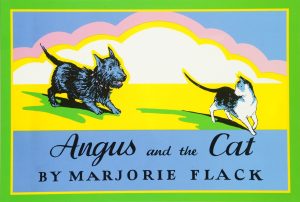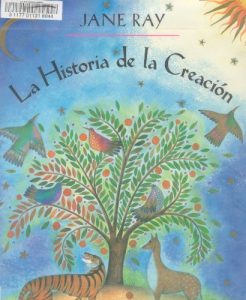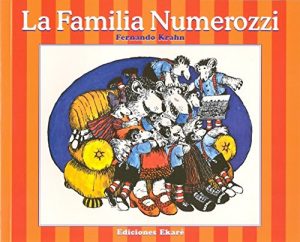 With eight kids and somewhat extravagant parents, the Numerozzis are not your typical family. Readers will have a good laugh as they wach them prepare to leave the house in the morning.
With eight kids and somewhat extravagant parents, the Numerozzis are not your typical family. Readers will have a good laugh as they wach them prepare to leave the house in the morning.
Americas
Materials from the Americas
Cinco Monitos Brincando En La Cama/Five Little Monkeys Jumping On The Bed (Five Little Monkeys Picture Books)
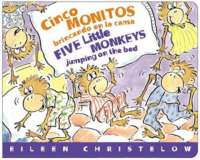
Even doctor’s orders won’t stop these silly monkeys from having their fun. But you’ll never guess what Mama does when the Five Little Monkeys finally do fall asleep! Here is the most popular Five Little Monkeys story, available for the first time in a bil
Oh No, Gotta Go #2!
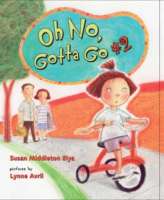
This little girl isn’t going to let an emergency ruin her picnic. She made sure to use the baño before leaving home, and she’s not going to drink a thing. But when her tummy starts rumbling after a salad of delicious espinaca, her wrinkly, pink face tells her mom they’re in trouble:”¡Hija!” she said, as Mamá got an inkling that this was the big kind of going, not tinkling. And the race is on to make it back to their casa in time! With a riotous text that mixes Spanish and English, and illustrations that vividly capture the family’s predicament, this companion to Oh No, Gotta Go! is a guaranteed crowd-pleaser.
Read All About It! (Spanish Edition): Leer Para Creer!
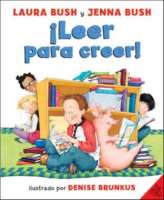
Tyrone loves school, but he doesn’t like to read, until one day, while his teacher is reading aloud, more than words come out of the book–Tyrone and his friends are swept up in a mysterious adventure that lands them in a most unexpected place.
Cool Cats Counting
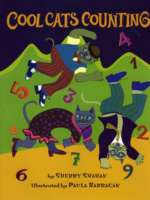
Donkeys lined up to dance the merengue? Rats in bolero hats? Pigs salsa dancing? And how cool are those cats anyway? Sherry Shahan and Paula BarragA-n, the collaborators behind the highly acclaimed Spicy Hot Colors, reteam in a burst of color and rhythm to introduce young readers to animals and numbers in English and Spanish. Shahan\’s poetic riffs suggest a variety of rhythms and dances, and BarragA-n\’s multimedia illustrations outfit the animals in vibrant costumes any diva would envy!
Angus Y El Gato
Historia De La Creacion, La (Spanish Edition)
Besos Cucu
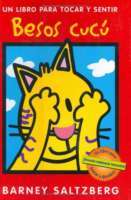
In this Spanish-language edition of the ever-popular Peekaboo Kisses, a colorful array of animals is eagerly waiting to play peekaboo. Complete with flaps to lift, a squeaker to press, and a peek-at-yourself mirror at the end, this touchable, smoochable new book is loaded with fun, surprises, and plenty of besos.
Nochecita (Neal Porter Books)
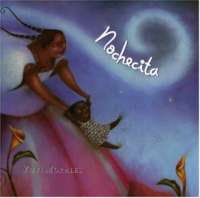
Sisters / Hermanas
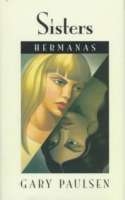
Compares the lives of two fourteen-year-olds–an illegal immigrant who sells herself on the streets and a suburban princess obsessed with becoming head cheerleader–both trapped in worlds where beauty and youth are pricey commodities.

